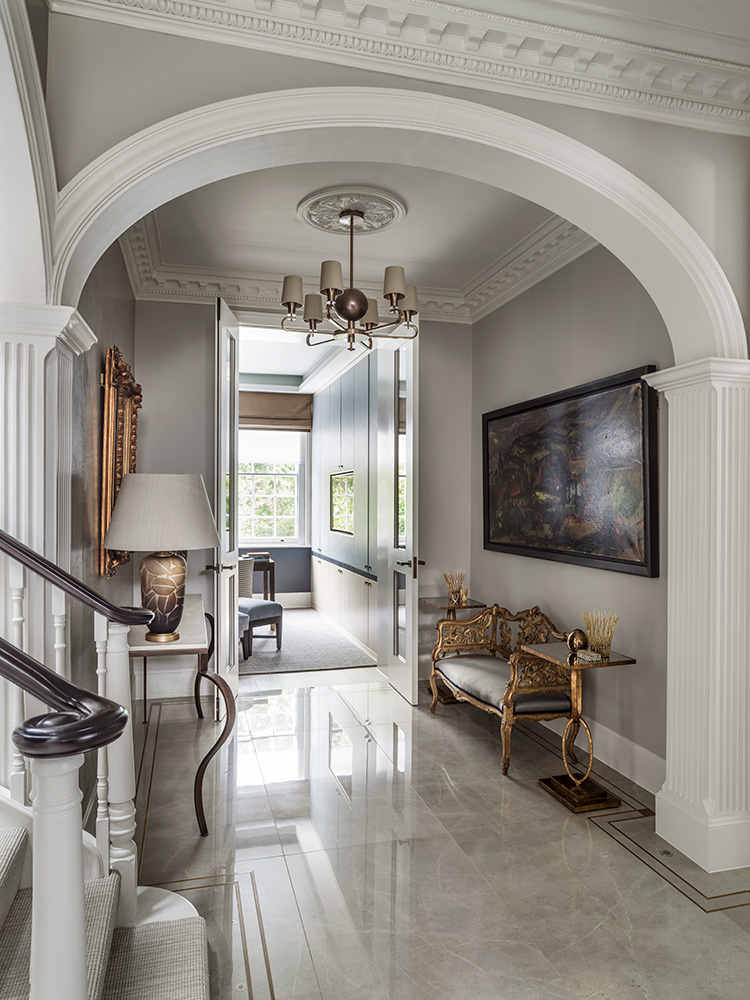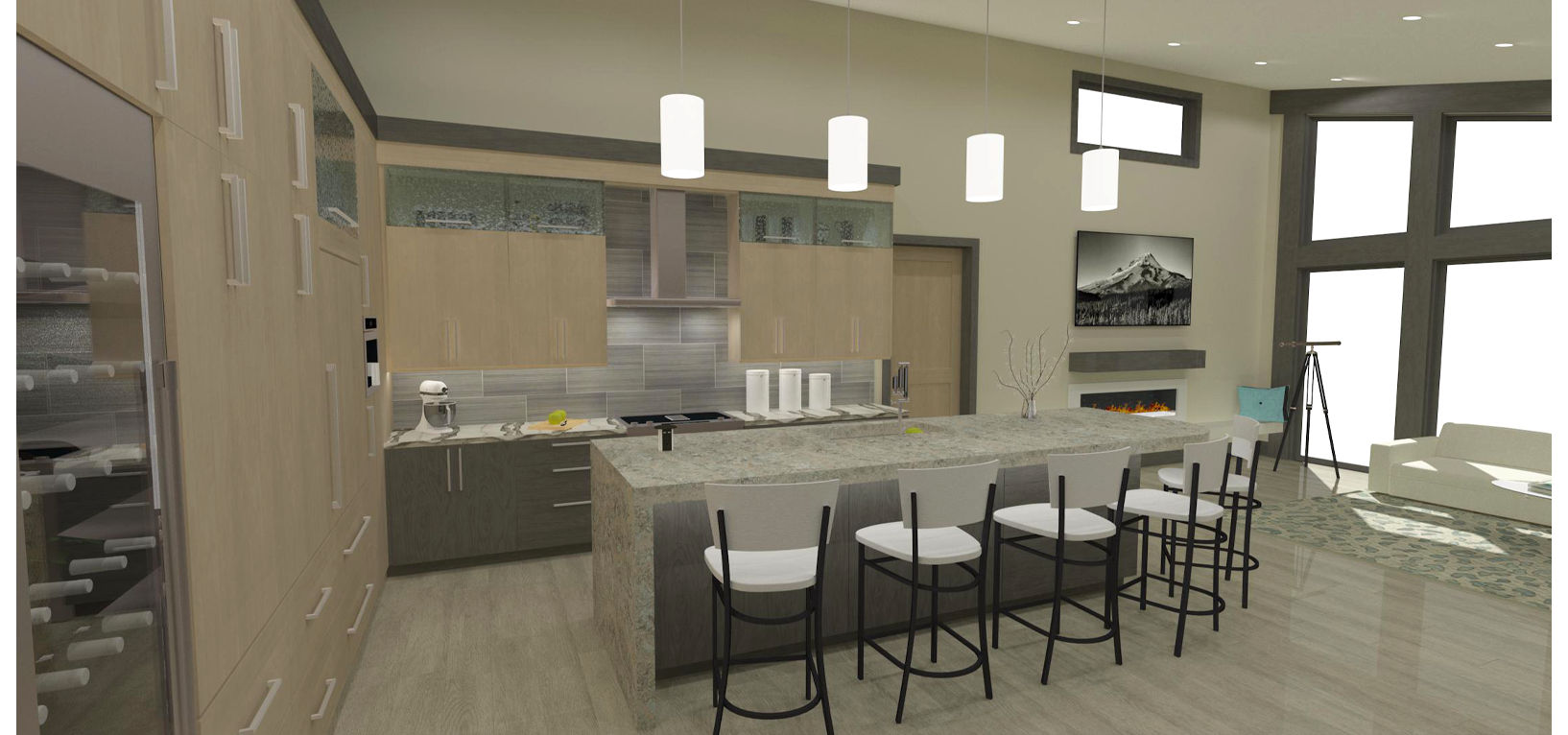Explore Expert Hampshire Design Professionals for Your Next Project
Explore Expert Hampshire Design Professionals for Your Next Project
Blog Article
The Art of Balance: Exactly How Interior Design and Home Engineer Collaborate for Stunning Results
In the world of home design, striking an equilibrium in between aesthetic appeals and performance is no little feat. This fragile equilibrium is accomplished through the harmonious partnership in between indoor developers and architects, each bringing their distinct know-how to the table. The outcome? Rooms that are not only visually sensational however likewise exceptionally livable. However, this excellent blend is not always easy to acquire. Stick with us as we explore the complexities of this joint procedure and its transformative effect on home layout.
Comprehending the Core Differences Between Interior Layout and Home Style
While both Interior Design and home design play vital duties in creating aesthetically pleasing and useful rooms, they are naturally various self-controls. Home design mainly focuses on the architectural aspects of the home, such as constructing codes, security policies, and the physical building of the space. It handles the 'bones' of the structure, functioning with spatial dimensions, bearing walls, and roof covering designs. On the various other hand, Interior Design is a lot more concerned with enhancing the sensory and visual experience within that structure. It involves choose and arranging furnishings, choosing color pattern, and incorporating ornamental elements. While they operate in tandem, their functions, duties, and areas of knowledge deviate dramatically in the development of an unified home environment.
The Synergy Between Home Design and Interior Decoration
The synergy in between home style and Interior Design depends on a shared vision of layout and the improvement of functional aesthetic appeals. When these 2 areas align harmoniously, they can transform a living room from ordinary to remarkable. This cooperation requires a deeper understanding of each self-control's principles and the capability to create a cohesive, cosmetically pleasing environment.
Unifying Design Vision
Merging the vision for home architecture and Interior Design can produce a harmonious home that is both practical and aesthetically pleasing. The equilibrium starts with an integrated way of thinking; architects and interior designers collaborate, each bringing their proficiency. This unison of ideas develops the style vision, a blueprint that guides the job. This shared vision is essential for consistency throughout the home, guaranteeing a liquid change from outside architecture to interior areas. It promotes a collaborating approach where building aspects complement Interior Design components and vice versa. The outcome is a natural home that shows the property owner's taste, lifestyle, and individuality. Therefore, unifying the design vision is essential in blending style and Interior Design for stunning outcomes.
Enhancing Functional Visual Appeals
Just how does the synergy in between home architecture and Interior Design enhance practical aesthetics? This harmony enables the development of rooms that are not only visually enticing however additionally conveniently useful. Architects prepared with their architectural design, ensuring that the area is sensible and efficient. The interior developer then enhances this with very carefully picked aspects that enhance the aesthetic appeals without compromising the capability. This harmonious cooperation can cause homes that are both gorgeous and livable. For example, an engineer may design a house with high ceilings and big home windows. The indoor developer can after that accentuate these features with tall plants and sheer curtains, respectively, therefore improving the aesthetic charm while preserving the functional advantages of all-natural light and space.
Importance of Cooperation in Creating Balanced Spaces
The partnership between indoor developers and designers is critical in developing balanced rooms. It brings consistency between style and design, offering birth to areas that are not only cosmetically pleasing but also practical. Exploring successful collaborative this content approaches can provide top article insights right into how this harmony can be successfully achieved.
Balancing Design and Design
Balance, a crucial element of both Interior Design and architecture, can just really be attained when these two areas job in harmony. This consistency is not merely a visual factor to consider; it impacts the capability, sturdiness, and inevitably, the livability of a space. Inside developers and designers should comprehend each various other's roles, appreciate their proficiency, and interact properly. They should think about the interaction of structural components with decoration, the circulation of spaces, and the impact of light and color. This collaborative process causes a natural, balanced design where every element adds and has an objective to the total aesthetic. Integrating design and design is not simply regarding producing lovely spaces, but about crafting rooms that work perfectly for their occupants.
Successful Joint Techniques

Instance Researches: Successful Assimilation of Style and Architecture
Analyzing numerous situation research studies, it ends up being apparent just how the effective integration of Interior Design and architecture can change an area. The Glass House in Connecticut, renowned for its minimalistic sophistication, is one such example. Engineer Philip Johnson and interior developer Mies van der Rohe worked together to develop a harmonious equilibrium between the inside and the structure, resulting in a smooth circulation from the outside landscape to the inner living quarters. One more prototype is the Fallingwater Residence in Pennsylvania. Designer Frank Lloyd Wright and indoor developer Edgar Kaufmann Jr.'s collective efforts cause a stunningly unique home that mixes with its natural environments. These study underline the profound you could check here influence of a successful style and style collaboration.

Getting Rid Of Difficulties in Design and Style Partnership
Despite the indisputable advantages of an effective cooperation in between indoor layout and architecture, it is not without its challenges. Architects may prioritize structural stability and security, while developers concentrate on convenience and design. Efficient interaction, shared understanding, and concession are vital to get over these obstacles and attain a effective and unified partnership.

Future Fads: The Advancing Connection Between Home Architects and Interior Designers
As the globe of home style proceeds to evolve, so does the relationship in between architects and interior developers. The trend leans in the direction of a more collective and integrated strategy, damaging without standard roles. Engineers are no more entirely concentrated on structural stability, however also participate in boosting aesthetic appeal - Winchester architect. On the other hand, indoor designers are accepting technological facets, influencing overall format and functionality. This developing synergy is driven by advancements in innovation and the growing need for rooms that are not just visually pleasing but likewise functional and lasting. The future guarantees a much more natural, cutting-edge, and flexible approach to home design, as architects and designers continue to blur the lines, promoting a partnership that absolutely embodies the art of balance.
Conclusion
The art of equilibrium in home design is accomplished through the unified partnership in between interior designers and designers. An understanding of each various other's techniques, reliable communication, and shared vision are crucial in developing visually sensational, practical, and inviting areas. In spite of difficulties, this partnership cultivates growth and innovation in layout. As the connection in between home designers and interior developers develops, it will certainly proceed to shape future fads, improving comfort, performance, and personal expression in our space.
While both interior layout and home architecture play crucial functions in developing visually pleasing and useful spaces, they are naturally different self-controls.The harmony between home design and indoor design exists in a common vision of design and the enhancement of useful visual appeals.Unifying the vision for home design and indoor design can produce an unified living room that is both practical and visually pleasing. Hence, unifying the design vision is vital in mixing design and interior layout for stunning results.
Exactly how does the harmony in between home architecture and interior style improve useful visual appeals? (Winchester architect)
Report this page